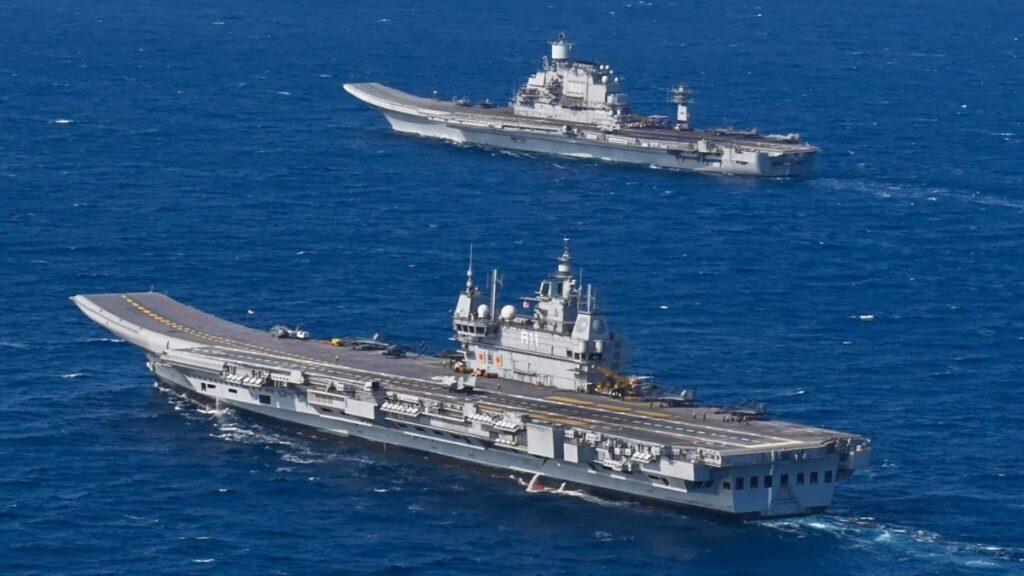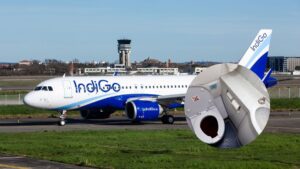India’s Third Aircraft Carrier: Work to Start Soon, and More to Follow, Rajnath Singh

Work to start soon on India's third aircraft carrier.
In an interview with The Tribune, Defence Minister Rajnath Singh told that work will soon begin on India’s third aircraft carrier. He was referring to the Navy’s pending proposal to build another indigenous carrier similar in size to the INS Vikrant, which weighed 45,000 tons and was commissioned in September 2022.
In January 2018, the Parliamentary Standing Committee on Defence proposed a third sea-going aircraft carrier. China has two operational aircraft carriers: Liaoning and Shandong. On May 1, it began a week-long sea trial of its next-generation aircraft carrier, Fujian.
India now has one more carrier, the INS Vikramaditya, which was acquired from Russia in 2013. “We will not stop with three carriers. “We’ll make five or six more,” said Rajnath.
These are the first signs of long-term plans to have sea-going carriers capable of launching and recovering fighter jets from the deck while underway. Until now, India has spoken about having three carriers. In January of last year, the Parliamentary Standing Committee on Defence suggested the need for India’s third aircraft carrier. It had stated, “The reach and flexibility of a carrier is far superior to military airfields in far-flung island territories.” Rajnath’s statement establishes a new target for India, which is consistent with China’s plan to have aircraft carriers.
ALSO READ | Admiral Dinesh K Tripathi Takes Charge as 26th Navy Chief of India | Watch
Three years ago, a US Department of Defense report titled ‘Military and Security Developments Involving the People’s Republic of China 2021’ warned that “China continues to build a multi-carrier force. Plans call for six carriers by 2030.”
China has two operational aircraft carriers: Liaoning and Shandong. On May 1, it began a weeklong sea trial of its next-generation aircraft carrier, Fujian. This is China’s third aircraft carrier, the first with electromagnetic catapults. The US aircraft carriers use electromagnetic catapult technology to launch fighter jets from the deck. A catapult launch allows jets to carry heavier payloads and shortens the time between launches of two jets.
Fujian, an 80,000-tonne warship, is larger than carriers built by the United Kingdom, France, India, and Japan.
Not only India and China, but other Asian countries are competing to project power at sea and build carriers. The Japanese converted the helicopter carrier JS Izumo into an aircraft carrier capable of flying F35s. It is converting another helicopter carrier, the JS Kaga. South Korea plans to launch a carrier by 2030.
In 1961, India operated its first carrier, the HMS Hercules. It was purchased used from the UK and renamed ‘INS Vikrant’. It played an important role on the eastern front of the 1971 India-Pakistan war before being decommissioned in 1997.
HMS Hermes, India’s second carrier, was also acquired secondhand from the United Kingdom and renamed INS Viraat. It was inducted in 1987 and decommissioned in 2017.








